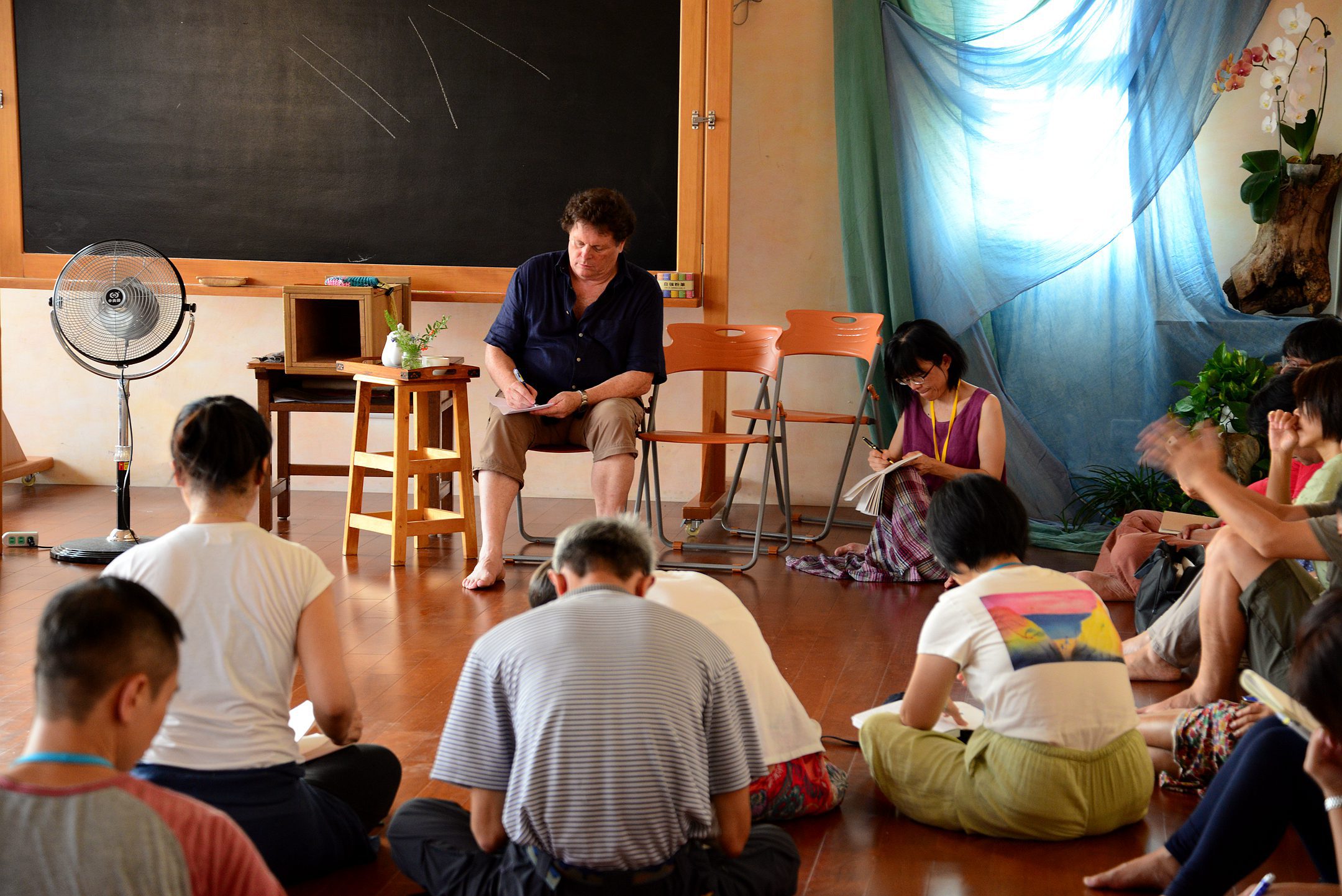“We must not measure the child, we must interpret the child” – Lev Vygotsky
Thinking about assessment
Back in 1998 in my role as co-worker for the Steiner Waldorf Schools Fellowship in Great Britain and Ireland (please note – a transnational body!) I drew up some guidelines with my colleague Trevor Mepham who was teaching in the (now sadly defunct) BA Steiner Education programme at Plymouth University for assessment, monitoring and record keeping for Waldorf schools. This drew on three sources: our practice as teachers, practice at my school Michael Hall and a document I drew up with Brien Masters for the Waldorf Schools in Israel, who needed this to show the education authorities. What we wrote was then incorporated into the text of the Educational Tasks and Content of the Steiner Waldorf Curriculum (known as the ‘yellow pages’). We expanded this in a little booklet with title Assessment in Waldorf Schools (published by the SSWF Publications).
Since then not much has been published about assessment in Waldorf- and all of it in English. David Mitchell in the US compiled some articles, Eugene Schwarz put an article on his blog Millenialchild in 2009, giving a very detailed account of class teachers’ reports. An academic study was done in 2015 by Ciborski and Ireland (Assessment for Learning in Waldorf Classrooms).
I recently published an overview of principles and methods of assessment for learning in Waldorf settings, which I have attached here (there is a German version which was published in the Lehrerrundbrief ). One aspect of assessment I would like to mention that I didn’t refer to in my article is the idea of dynamic assessment. This is something that has been developed in the field of English as Second Language, but can be applied in many teaching situations.
Dynamic assessment
Dynamic assessment is based on two of Vygotsky’s key ideas; that learning is mediated by other people and the notion that the zone of proximal development (ZPD) is a metaphor that describes the next developmental or learning step a person can take with support. Once a learner can take this step on her own, without support or with minimal support, the learning can progress to the next stage. Vygotsky proposed the notion of ZPD in order to account for the difference between actual and potential development but realized that this cannot be established by looking at a learner’s independent performance, which is after all our standard way of assessing. He argued that a child’s responsiveness to support is equally important to understand, if we really want to support their learning. Furthermore, he noted that actual performance is not a good indicator of potential development. He acknowledged that there are maturational processes at work that we cannot see and that may manifest later, with unexpected results. Vygotsky and the whole socio-cultural approach to learning looks at learning as a social process based on interaction between people. The social environment nourishes, supports and prompts learning. The individual and her environment comprise an indivisible whole.

Assesment as teaching
Dynamic assessment is interested in assessing the potential for future learning. It shows what a student can do with help by assessing the learner’s performance with varying degrees of assistance. This enables us to support that learning more effectively and it offers us a way of identifying what students need. Dynamic assessment means that we assess students by teaching them. That is, we give them task and support, ongoing feedback and we modify these according to how they respond. Instead of focusing on assessing performance outcomes our interest is in recognizing and supporting the underlying learning processes. What interests us is how the learner interacts with other learners and the teacher and how this helps us to understand what kind of support is best.
Dynamic assesment in practice
Analyzing my own classroom practice I can see that I use dynamic assessment some of the time, though I was unaware until recently of the theory. I use this approach especially supporting weaker students in the lessons. For example, when I give the class a task and the students are working in groups and I notice that one group is having trouble getting started, I often go over and sit down and join them. I notice how the four pupils individually engage with the task and give each of them spontaneous and individualized support. One needs to be reminded what the task is, another hasn’t found access to the material, another says he hasn’t understood the text they were supposed to be working on, the fourth one is writing possible answers which the others are more or less copying, so I delegate to him the task of getting each of the others in turn to dictate possible answers. Other groups get on without much further support. Whilst I am doing this I am observing the learning style (and difficulties) of each individual and then offer more specific, individualized tasks the next day. I realized I could do this more systematically and it led me to modify my differentiation of tasks. The precondition for this, of course, is that I have groups of students (I am talking about an upper school class) who can and do work in groups on various differentiated tasks based around the same shared content. This has been established by me and my colleagues over time.
When I get time I will amend my article on assessment to include a more carefully worked out account of dynamic assessment. I hope you find it useful.
You can download the whole article on assessment right here!




